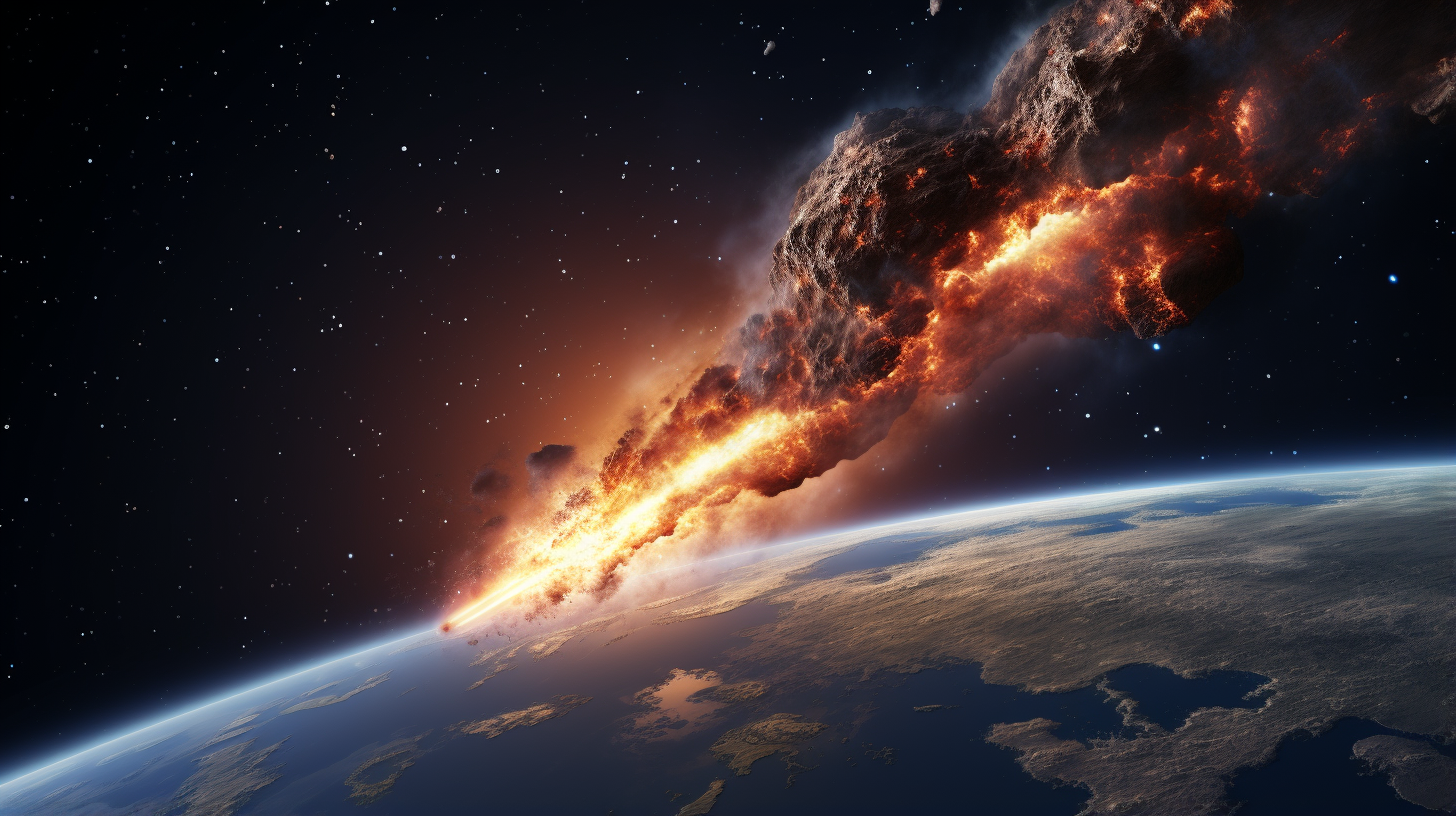Venturing into the realms of astronomy and celestial exploration, a plethora of theories arise, challenging our perspectives on the universe and our place within it. Panspermia emerges as a striking theory, daring to defy the conventional notion of Earth as the solitary cradle of life.
Instead of originating solely on our planet, panspermia postulates that the basic elements of life found their way here from the depths of outer space, ferried by asteroids and comets. A recent documentary delved into this captivating concept, illuminating its profound implications for life on Earth.
Sir Fred Hoyle, the eminent British astronomer, propelled the panspermia hypothesis into the limelight with his seminal 2000 publication, “Astronomical Origins of Life– Steps Towards Panspermia.” Through this work, Hoyle embarked on a contentious exploration of the notion that life’s beginnings might have extraterrestrial roots.
At its essence, this hypothesis suggests that minute organisms and crucial genetic material for life might have embarked on a cosmic odyssey, hitching rides on celestial bodies traversing the vast cosmic distances to eventually find a home on our planet.
Emphasizing the importance of this hypothesis, renowned physicist Michio Kaku draws comparisons between the solar system and a cosmic game of ping pong. Envision meteorites as the bouncing balls, shuttling between Earth, Venus, Mars, and the moon, potentially sowing life or even extraterrestrial viruses.

The concept of extraterrestrial viruses injects an aura of mystery and ambiguity. Should panspermia hold true, it opens up the possibility of spaceborne viruses reaching Earth, potentially introducing new diseases distinct from those endemic on our planet.
Physicist Michael Dennin hints at the notion that viruses or plagues could have originated within asteroids, encased in protective shells maintaining stability over vast cosmic distances.
The idea of a “space plague” evokes a narrative reminiscent of science fiction, urging us to grapple with the enigmatic. Our comprehension of the genetic composition of spacefaring viruses and their capacity to infect terrestrial life forms remains constrained.
Dennin underscores the vulnerability posed by the sudden emergence of a novel virus, whether from space or another source, leaving our immune defenses exposed and potentially leading to dire consequences.
While the concept of a cosmic epidemic may appear far-fetched, it underscores the significance of scientific readiness. Jake Wynn stresses the perpetual presence of enigmatic viruses and illnesses lurking on the cosmic horizon, emphasizing the necessity for constant vigilance and a proactive stance from public health authorities.
In the midst of this uncertainty, scientists are fervently researching and formulating swift response tactics, including bioengineering and vaccine development, to counter potential threats.
Gigi Gronvall emphasizes the intricate nature of disease preparedness and advocates for cohesive efforts across governmental, public health, and scientific realms.
Witness the Intrigue Unfold:
To conclude, the panspermia hypothesis challenges our comprehension of life’s beginnings and introduces the notion of cosmic afflictions. While the concept of a space-based epidemic may seem fantastical, it underscores the necessity for preparedness, scientific exploration, and unwavering vigilance in the face of the unknown.
As we contemplate the enigmas of the universe, one certainty prevails: the cosmos remains a source of fascination and allure, underscoring the continual pursuit of knowledge.
